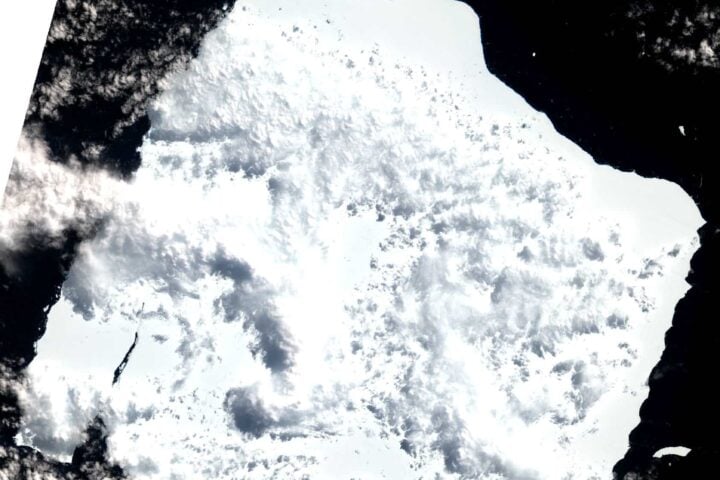September 2024 was the second warmest September on record, continuing a trend that makes “it almost certain that 2024 will be the hottest year ever measured,” surpassing the 2023 record, the European observatory Copernicus announced on Tuesday. The average temperature over the European mainland in September 2024 was also 1.74°C above the September average from 1991 to 2020. This makes the current autumn month the second warmest September in Europe – after 2023, when the temperature was 2.51°C above average.
The monthly bulletin highlights the examples of Storm Boris in Central Europe and Typhoon Krathon in Asia, which hit both regions hard. Two other super-typhoons, Yagi and Bebinca, also affected Asia in September, with massive flooding in Nepal and Japan, while Hurricane Helene hit the southeastern United States at the end of the month. In West and Central Africa, an intense rainy season has caused more than 1,500 deaths, four million affected people, and 1.2 million displaced, according to the International Organization for Migration (IOM).
As for temperatures, September 2024 had an average global temperature of 16.17°C, or 1.54°C warmer than an average September in the pre-industrial climate (1850-1900). September 2024 is thus the 14th of the last 15 months to exceed the 1.5°C warming threshold, the most ambitious goal of the 2015 Paris Agreement. According to the report from the European Copernicus program, only September 2023 was warmer than September 2024. Over the last twelve months (since October 2023), the temperature was estimated to be 1.62°C above the 1850-1900 average.
In the first nine months of the year, 2024 is 0.19°C warmer than the same period in 2023, the current annual temperature record. The “temperature anomaly” average for the last three months of the year “would have to fall more than 0.4°C for 2024 not to be warmer than 2023,” which has never happened in Copernicus’ records, making it almost certain that 2024 will be the hottest year ever measured. The planet’s current average temperature is about 1.3°C above the pre-industrial average.
Similar Posts:
These continuous records are being driven by the unprecedented warming of the oceans (70% of the planet), which have absorbed more than 90% of the excess heat caused by human activity and its greenhouse gas emissions. The average sea surface temperature has remained at anomalous levels since May 2023. The average sea surface temperature (SST) for September 2024 was 20.83°C between the northern and southern polar circles. This is only 0.09°C below the value from the previous year and was thus the second highest recorded value for the autumn month.
Outside Europe, temperatures were below average in the Sahel zone, southern Africa, along the east coast of the United States, in parts of Central Asia and throughout West Antarctica. They were above average especially in Canada, the central and western United States, South America, Northeast Africa, China and Japan.
In several regions of North America, it was mostly wetter than in past Septembers. The southeast was hit by Hurricane Helene. Above-average moist conditions prevailed over North Africa, northeastern Russia, eastern China, northwestern Australia, the southernmost Africa and the southernmost Brazil. Taiwan and the Philippines were hit by Typhoon Krathon and Pakistan was heavily affected by the monsoon. In parts of North America, the west and east of Russia and the northeast of China, the east of Australia, the majority of southern Africa and South America, there was above-average dryness. In several regions, including Russia and South America, wildfires were observed.
Preliminary data analysis shows that the daily extent of Arctic sea ice will reach its sixth-lowest annual minimum. The monthly sea ice extent is thus 19 percent below average. The sea ice in Antarctica reached its annual maximum extent, but remained at a near-record level for the season, with a monthly value seven percent below the average. Only in September 2023 was the extent even lower.
The analysts of the ERA5 dataset assume that 2024 will likely be the warmest year on record based on data from billions of measurements from satellites, ships, aircraft, and weather stations around the world. It remains to be seen how the global temperature level will develop in October, November and December.
According to the Copernicus Climate Service, extreme rainfall and destructive storms occurred in many regions of the world in September 2024. Due to climate change, these are occurring with increasing severity and frequency. This is because global warming is leading not only to rising temperatures, but also to warmer oceans, which causes more water to evaporate, and warmer air can hold more of it. This favors more intense rainfall and storms.


















